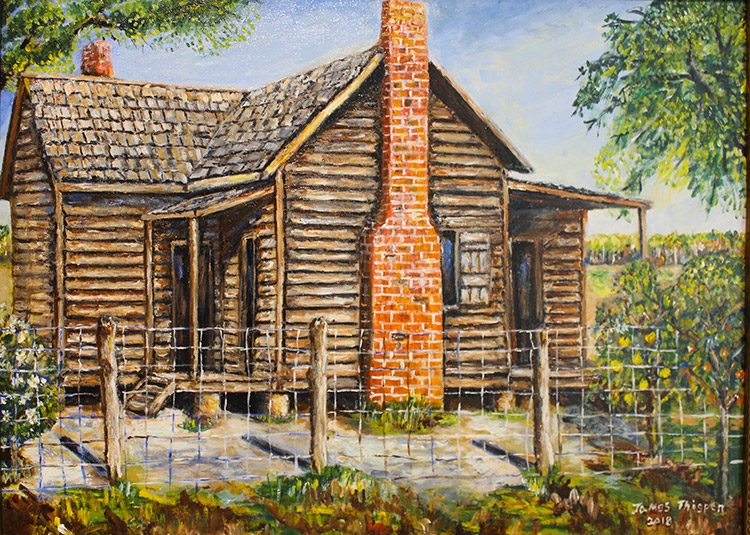
A Remarkable Life
Lewis Thigpen (M.S. MECH ’67, Ph.D. ’70)

L
ewis Thigpen (M.S. MECH ’67, Ph.D. ’70), who hails from Sawdust, a dot on the Florida map about 30 miles west of Tallahassee, says that one of his most-loved poems is “If” by Rudyard Kipling, because it imparts valuable lessons. Fond of southern food, Thigpen also enjoys New Mexican cuisine, soft shell blue crabs sautéed in butter, and fried quail. And while he jokingly admits that he doesn’t follow the adage too well nowadays in retirement—“Don’t put off until tomorrow what you can do today” is a Thigpen family favorite.
As a Black man born in the segregated United States in 1938, Thigpen can relate other bits of information about himself that comprise the fabric of his life. During the 1960 presidential election, Thigpen had to rescue his brother Amos from bullies who accosted him outside the polling place for having the audacity to vote. Thigpen was not served in many clubs and restaurants, and was sometimes turned down for apartments, all while he was employed at Sandia National Laboratories and Lawrence Livermore National Laboratory, and did contract work for Texas A&M University. And Thigpen has a special place in his heart for blues music, noting that the song “Black, Brown, and White” by Big Bill Broonzy was a kind of anthem to Thigpen’s life in what he had “observed and experienced in racial relationships—not only in the Jim Crow South but throughout my journey around the world.”
Keeping another family adage in mind—“Any job worth doing is a job worth doing well to the best of your ability”—Thigpen focused on educating himself and rose above circumstances to excel as an industry engineer and scientist at national laboratories for nearly 20 years. Among his many accomplishments was performing the first computations showing that earth materials could be modeled with simple constitutive equations to simulate projectile penetration into rock, which led to proposals for updating coal mining techniques and obtaining a patent for an Air-Deliverable, Ice-Penetrating Sonobuoy. In 1988 Thigpen transitioned into academia, becoming chair and professor in the Department of Mechanical Engineering at Howard University, where he remained until his retirement in 2008. In 2007 Thigpen was one of a five-member faculty team from institutions around the world that received the XCaliber Award from Virginia Polytechnic Institute and State University for Excellence in Technology-Assisted Teaching and Learning for a Global Team. Among Thigpen’s other honors was an Illinois Tech’s Professional Achievement Award (2006) and the 2019 Albert Nelson Marquis Lifetime Achievement Award.
Thigpen’s former Sawdust barber, the late Franklin Jones, gave Thigpen the idea to pen his autobiography, which was published in 2019. Born and Raised in Sawdust: My Journey Around the World in Eighty Years is a story of family, race, and achievement.